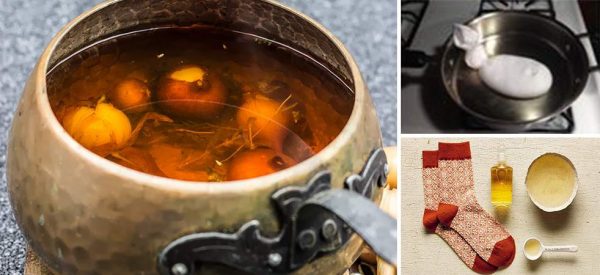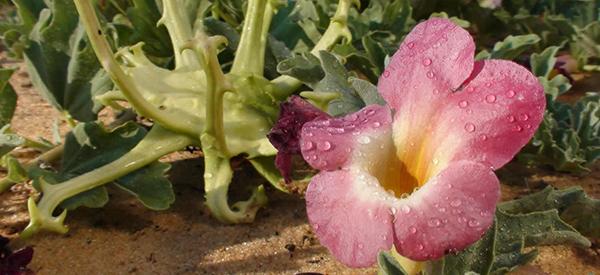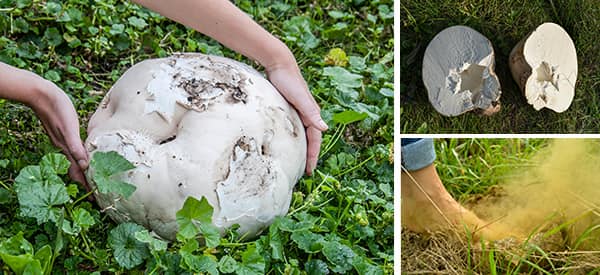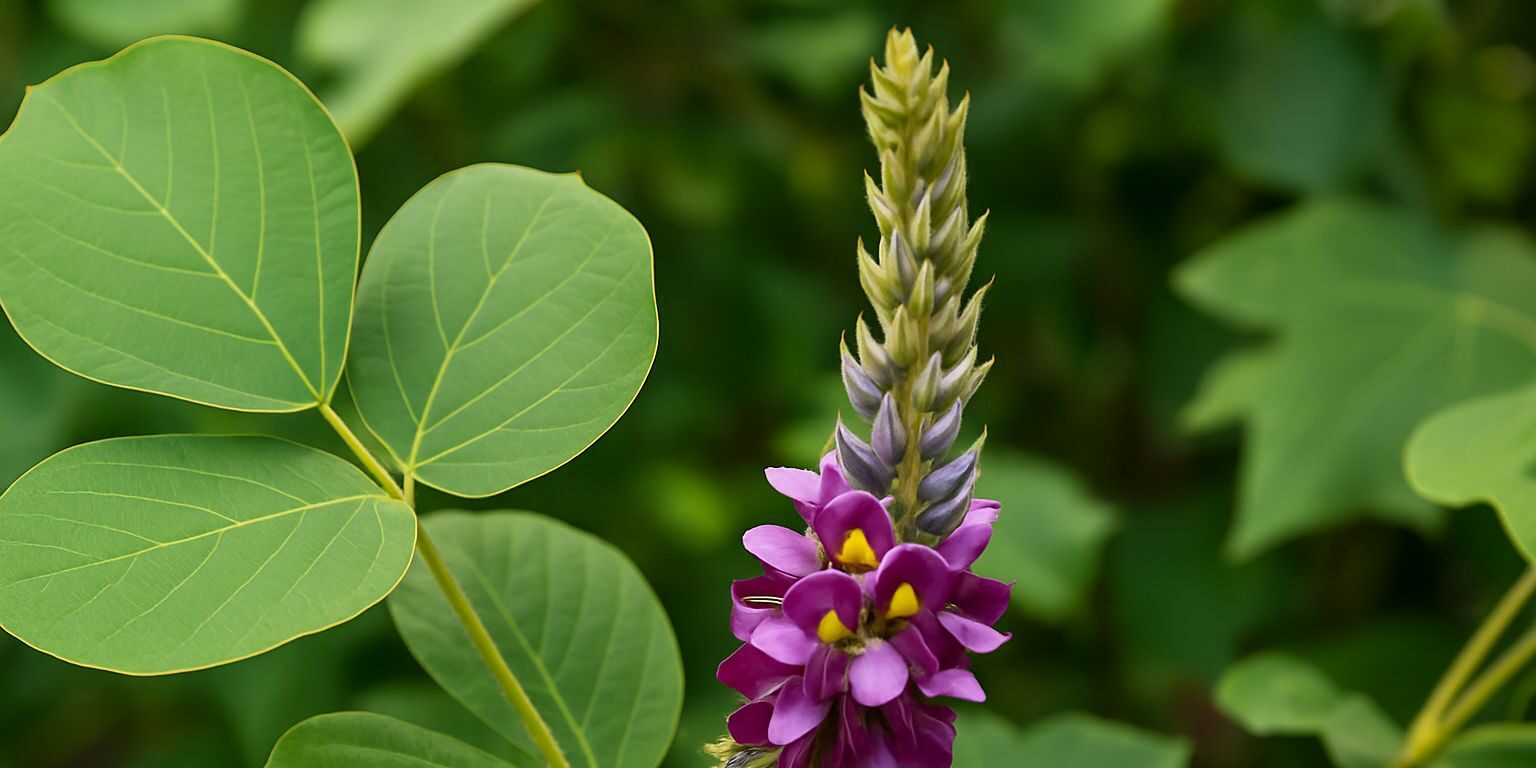
Kudzu: The Vine That Ate the South… and More
Kudzu (Pueraria montana var. lobata) is a fast-climbing vine native to East Asia. In China and Japan, it’s valued for its edible roots, fiber, and medicinal uses. But in the United States, it has become notorious—earning nicknames like “the vine that ate the South” due to its rampant invasion.
What Is Kudzu?
Kudzu is a perennial, semi-woody vine in the pea family (Fabaceae) with trifoliate leaves of three large, fuzzy leaflets. It produces fragrant purple flowers and hairy seed pods that disperse seeds, although much of its spread happens via vine runners or rhizomes that root at nodes.
In its native environments, kudzu has been cultivated for centuries as a resourceful plant. Its roots and vines are harvested for food, medicine, and fibers. Farmers have long relied on it for soil stabilization, erosion prevention, and animal forage, proving that in the right place, kudzu is as much a blessing as a nuisance.
The story changes in the United States. Here, introduced for similar reasons, kudzu escaped cultivation and quickly revealed its aggressive nature. With no natural predators or controls, it spread unchecked, creating a legacy of ecological disruption that still shapes perceptions of this plant today.
 How to Identify Kudzu
How to Identify Kudzu
- Leaves: Compound with three broad, lobed leaflets, fuzzy underneath.
- Stems: Hairy, semi-woody, climbing and sprawling with adventitious roots at nodes.
- Flowers: Purple to reddish clusters, highly fragrant, bloom summer to early autumn.
- Seed Pods & Kudzu Seeds: Hairy pods containing hard, kidney-shaped seeds.
Kudzu thrives by overwhelming its surroundings. The vines twist and climb, attaching themselves to trees, fences, and any structure they can find. Over time, they form thick, green blankets that are unmistakable once you know what to look for.
One of the simplest ways to identify kudzu is its speed. If you return to a patch only a week after seeing it, the growth can be startling. When seen side by side with other climbing plants, kudzu often looks more vigorous, spreading faster and rooting wherever it touches the soil.
 Is Kudzu Edible?
Is Kudzu Edible?
Yes—kudzu is edible and has been traditionally consumed in Asia. The young shoots can be cooked like asparagus, leaves as greens or chips, flowers used in jellies or teas, and the starchy root is turned into flour or thickening agents (kudzu starch) in cuisine and herbal remedies. Only the seeds are generally not eaten.
Kudzu offers surprising versatility in the kitchen. Its flowers can be turned into delicate syrups, its roots into a gluten-free flour, and its leaves into stir-fried greens. In regions where it grows abundantly, resourceful cooks have turned this invasive into a steady food supply.
However, caution is wise. While edible, kudzu absorbs contaminants from its environment. Plants growing near polluted areas or roadways may contain heavy metals or chemicals. Harvesting from clean, untreated areas ensures that this wild food remains safe.
Kudzu Plant Benefits
In its native context, kudzu is multifaceted:
- Food source: Nutritious and protein-rich; a fallback during shortages.
- Medicinal uses: Leaves and roots used traditionally to relieve colds, support circulation, and address alcohol-related conditions.
- Fiber: Young vines provide bast fibers for weaving, textiles (“kudzu cloth”), and even biodegradable packaging.
The plant’s deep roots stabilize soil, making it a natural ally in areas prone to erosion. While it became invasive in the U.S., in landscapes where it is managed carefully, kudzu serves as a tool for land recovery and protection.
Medicinally, kudzu root teas and extracts have been explored for their potential to reduce headaches, fevers, and cravings for alcohol. These traditional remedies reflect centuries of accumulated knowledge, though modern science is still catching up in confirming their effectiveness.
 How to Use Kudzu Safely
How to Use Kudzu Safely
Kudzu has a long history of use in food and traditional medicine. The roots, leaves, flowers, and young shoots are the most useful parts, while the seeds are generally avoided. In kitchens across Asia, the starchy root is ground into flour or used as a thickener, much like cornstarch, while the leaves are cooked as greens or dried for tea. The fragrant flowers can even be turned into jellies, syrups, or a mild wine.
Medicinally, kudzu root tea is one of the most common preparations. It is brewed to help soothe headaches, fevers, and symptoms of colds. Some traditions also use it for digestive support and as a gentle aid for alcohol cravings. When used carefully and in moderation, it can be part of a supportive herbal regimen.
It is essential, however, to harvest wisely. Always choose kudzu from clean, pesticide-free areas, far from roadways or polluted soil. This ensures that the edible and medicinal parts are free from contaminants that the plant might otherwise absorb.
Dosage and frequency also matter. While kudzu is edible, large or prolonged use of any wild plant should be approached with caution. Consulting with a qualified herbalist or healthcare provider helps ensure safe use, especially for those with existing health conditions or who take prescription medications.
By treating kudzu with the same respect as any medicinal plant, you can enjoy its benefits without overlooking its risks. This approach allows us to see beyond its invasive reputation, recognizing that even a plant considered a problem can offer something valuable when understood and used responsibly.
Kudzu Recipe Ideas
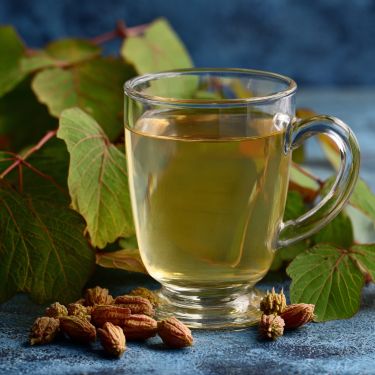 Kudzu Root Tea
Kudzu Root Tea
- 1 tablespoon dried, powdered kudzu root
- 1 cup hot water
- Optional: honey or lemon for flavor
Mix the powder into hot water and stir until dissolved. Let steep for 5–10 minutes. This gentle tea has traditionally been used to ease headaches, mild fevers, and digestive discomfort. Drink in moderation, starting with one cup a day.
Kudzu Flower Jelly
- 2 cups fresh kudzu flowers (washed)
- 2 cups boiling water
- 3 ½ cups sugar
- 1 package pectin
- 2 tablespoons lemon juice
Steep the flowers in boiling water for 10 minutes, then strain to create a fragrant “kudzu tea.” Combine this tea with lemon juice, pectin, and sugar in a pot. Bring to a boil, pour into sterilized jars, and seal. The jelly carries a grape-like aroma and a delicate floral taste.
Both recipes highlight kudzu’s softer side: nourishing, fragrant, and versatile. By turning an invasive plant into food and drink, you reclaim its value while practicing mindful foraging. Always harvest responsibly and avoid areas exposed to chemicals, ensuring your preparations are as pure as nature intended.
Foraging Safety Tips
- Best Season to Harvest: Young shoots and leaves are best in spring and early summer, when they’re tender. Flowers appear in mid to late summer, and roots can be dug in fall or winter when the plant’s energy is stored underground.
- Choose Clean Locations: Harvest only from areas far from highways, industrial sites, or sprayed fields. Kudzu absorbs what’s in its soil, so clean ground means safer food and medicine.
- Use the Right Parts: Leaves, shoots, flowers, and roots are all useful. Avoid the seeds, as they are not typically eaten or used.
- Harvest Responsibly: Take only what you’ll use, leaving plenty of the plant behind. In invasive areas, your harvest may actually help with control efforts.
- Storage: Dry leaves and flowers in a cool, shaded place for teas. Powdered root should be stored in airtight containers away from moisture. Fresh shoots are best eaten right away.
Kudzu rewards those who approach it with respect. By learning when and where to gather it, you ensure that your foraging is both safe and sustainable. This also helps shift the perspective of kudzu—from invader to resource—when handled wisely.
Harvesting in this way doesn’t just give you food and remedies; it gives you a deeper connection to the landscape. Where others see only a problem vine, you see opportunity rooted in tradition and balance.
 Why Is Kudzu a Problem in the U.S.?
Why Is Kudzu a Problem in the U.S.?
Kudzu was introduced in 1876 as an ornamental and promoted for erosion control and livestock forage. By mid-20th century, it had spread uncontrollably across the Southeast. Today, it smothers native ecosystems, disrupts biodiversity, damages infrastructure, and costs millions in management efforts.
The heart of the problem lies in its unchecked growth. Kudzu doesn’t simply coexist with other plants—it dominates them, shading out native species, covering tree canopies, and depriving the land beneath of sunlight. Entire forests have been transformed into walls of kudzu, suffocating diversity.
The economic toll is another layer. Railroads, power companies, and property owners continually fight to clear kudzu from lines, poles, and structures. What began as a helpful planting has become one of the most costly invasive species in the U.S.
How Fast Does Kudzu Grow?
Extremely fast—up to one foot per day under ideal conditions. In a single season, vines can reach 60 to 100 feet, forming dense mats over trees, buildings, and powerlines.
This rapid expansion is part of why kudzu became so infamous. Within weeks, it can transform open fields into tangled jungles. A single summer is often enough for kudzu to claim entire landscapes, erasing the visibility of what once stood beneath.
Its speed is not only dramatic but also persistent. Once rooted, kudzu stores energy in its massive underground tubers, allowing it to regenerate even after cutting. This combination of vigor above ground and resilience below ground makes it a formidable plant to manage.
Kudzu Seeds vs. Vegetative Spread
Kudzu seeds are produced but have low germination rates. Instead, kudzu spreads rapidly via runners, rhizomes, and rooting vine nodes, and regenerates from its massive root system.
Because the seeds germinate poorly, the vine relies on its ability to anchor itself wherever its stem nodes meet soil. This method of cloning ensures genetic consistency and allows a single plant to expand into acres of coverage without relying on seed dispersal.
That said, kudzu seeds still contribute to its spread when conditions allow. Birds and water can carry seeds farther than runners reach, creating new colonies and making control efforts more challenging.
 Similar Plants to Kudzu
Similar Plants to Kudzu
Kudzu resembles other invasive vines like Japanese honeysuckle and Chinese wisteria, but its trifoliate leaves, thick fuzzy stems, and rapid mat-forming growth help tell it apart. It also shares traits with related Pueraria species such as P. edulis or P. phaseoloides in taxonomy.
Beginners may confuse it with poison ivy because of its three-part leaves, but kudzu’s leaves are far larger and covered in fine hairs, while poison ivy’s are smoother and shinier. Careful observation of leaf texture and vine structure clears up the confusion.
Wisteria, another invasive, also forms climbing blankets with purple flowers. However, wisteria blooms in hanging clusters, while kudzu produces upright, fragrant clusters that smell almost like grapes. Recognizing these differences makes identification much easier.
In Summary
| Keyword | Insight |
| What is kudzu | A fast-growing, invasive vine native to East Asia but ecologically destructive in the U.S. |
| How to identify kudzu | Trifoliate fuzzy leaves, purple fragrant flowers, hairy pods, crabby vine nodes |
| Is kudzu edible | Yes – shoots, leaves, flowers, and roots are traditionally edible; seeds are not |
| Kudzu plant benefits | Food, medicine, fiber, starch, and traditional use in Asia |
| Why is kudzu a problem in the U.S. | Ecological damage, infrastructure impact, monetary and labor-intensive control |
| How fast does kudzu grow | Up to 1 ft/day, 60–100 ft per season |
| Kudzu seeds | Produced but mostly ineffective; most spread is vegetative |
| Similar plants to kudzu | Shares traits with Pueraria species and other invasive vines, but identifiable by growth habit and leaf structure |
Kudzu is both a marvel and a menace. In its homeland, it has served humans as food, fiber, and medicine for centuries. In the U.S., it became a lesson in the dangers of introducing species without understanding their impact.
For gardeners and naturalists, kudzu represents a plant of dual identities. It can nourish, heal, and provide, yet also consume and destroy. Understanding its qualities fully allows us to respect its history while managing its future wisely.
Final Thoughts
Kudzu is a plant of contrasts. In one place, it is a scourge that smothers forests; in another, it is a trusted ally in food, medicine, and craft. By learning how to identify, harvest, and use it wisely, we rediscover the value hidden in this vigorous vine.
For those who want to explore the deeper world of healing plants and the forgotten remedies they hold, The Forgotten Home Apothecary is a wonderful place to begin. This guide will show you how to turn the weeds in your backyard into teas, tinctures, and salves that restore both body and spirit.
Kudzu reminds us that even the most troublesome plants can have a purpose. When we look at nature with understanding, we don’t just control it—we partner with it.
You May Also Like:
What Happens if You Smoke Mullein?






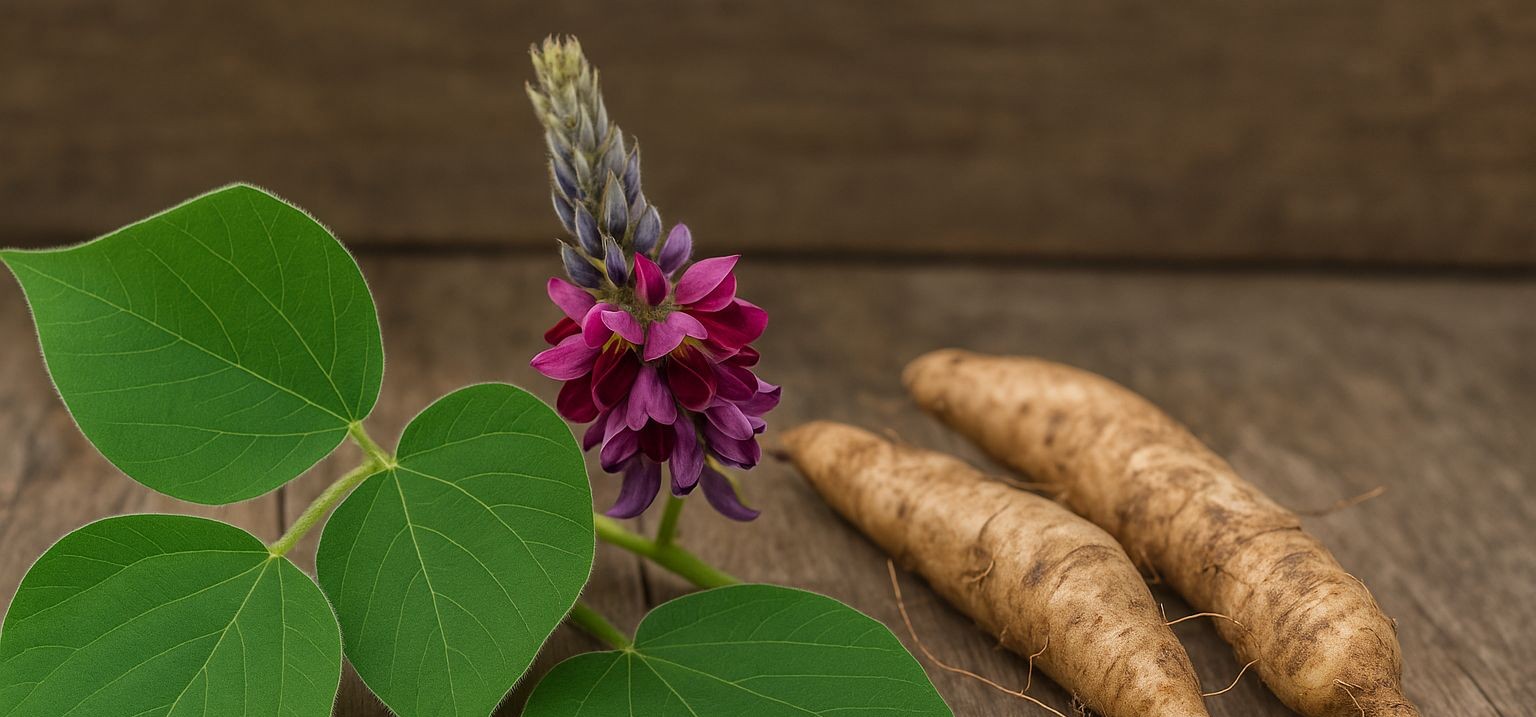 How to Identify Kudzu
How to Identify Kudzu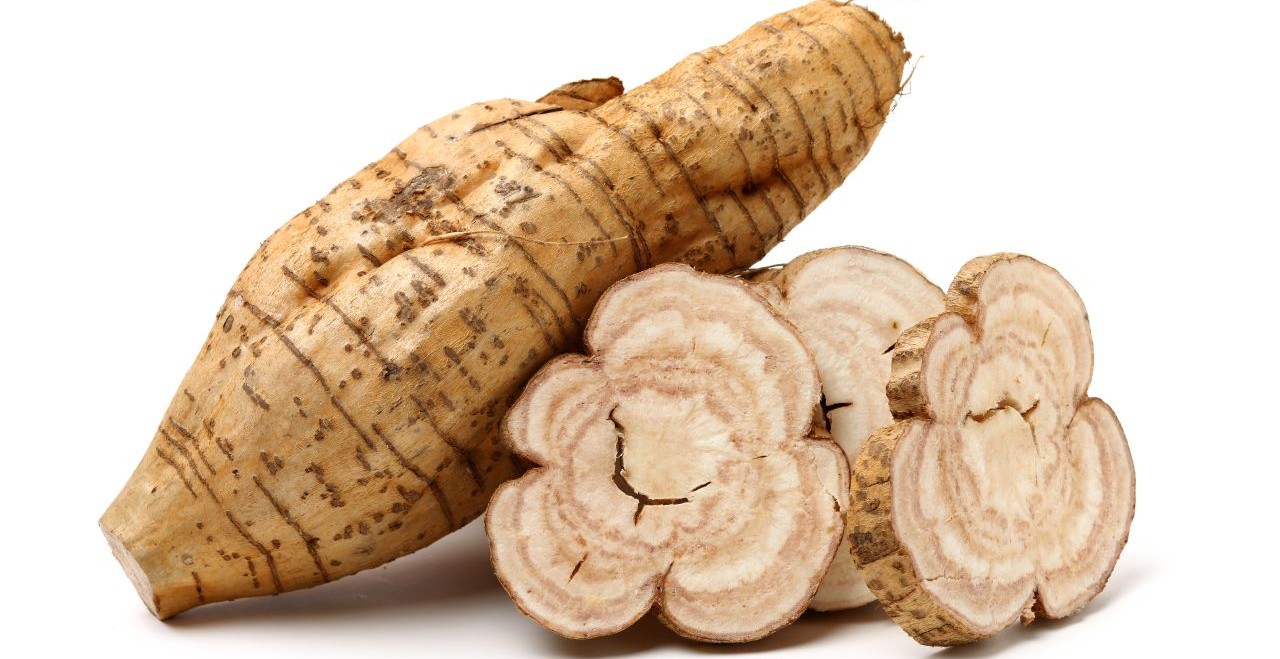 Is Kudzu Edible?
Is Kudzu Edible?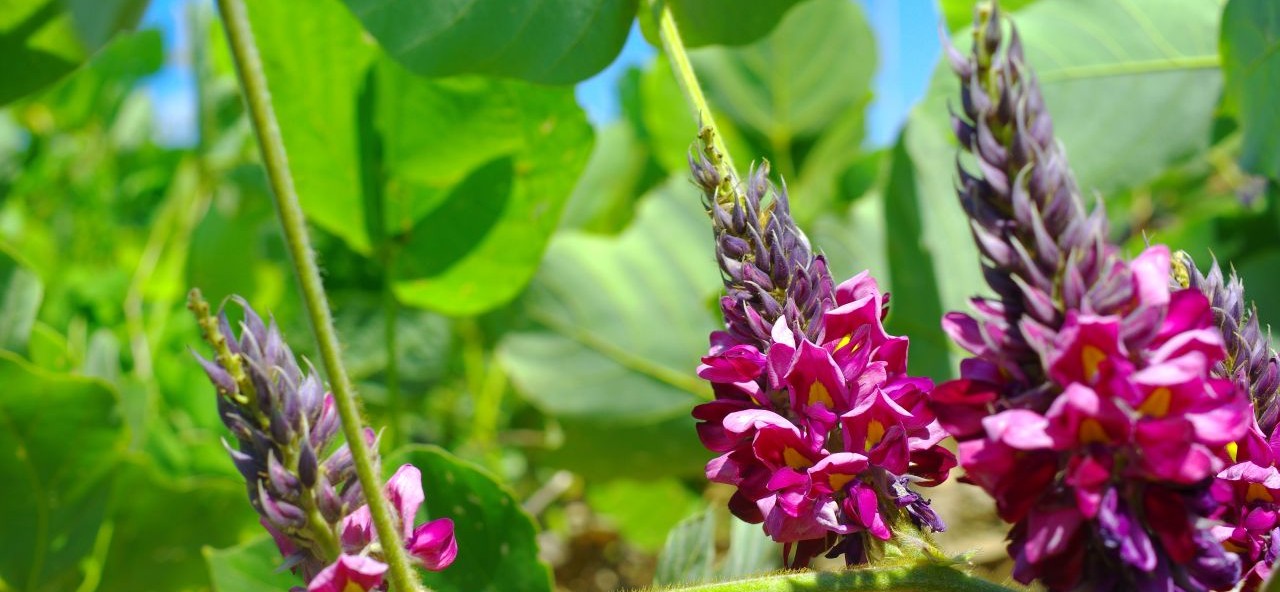 How to Use Kudzu Safely
How to Use Kudzu Safely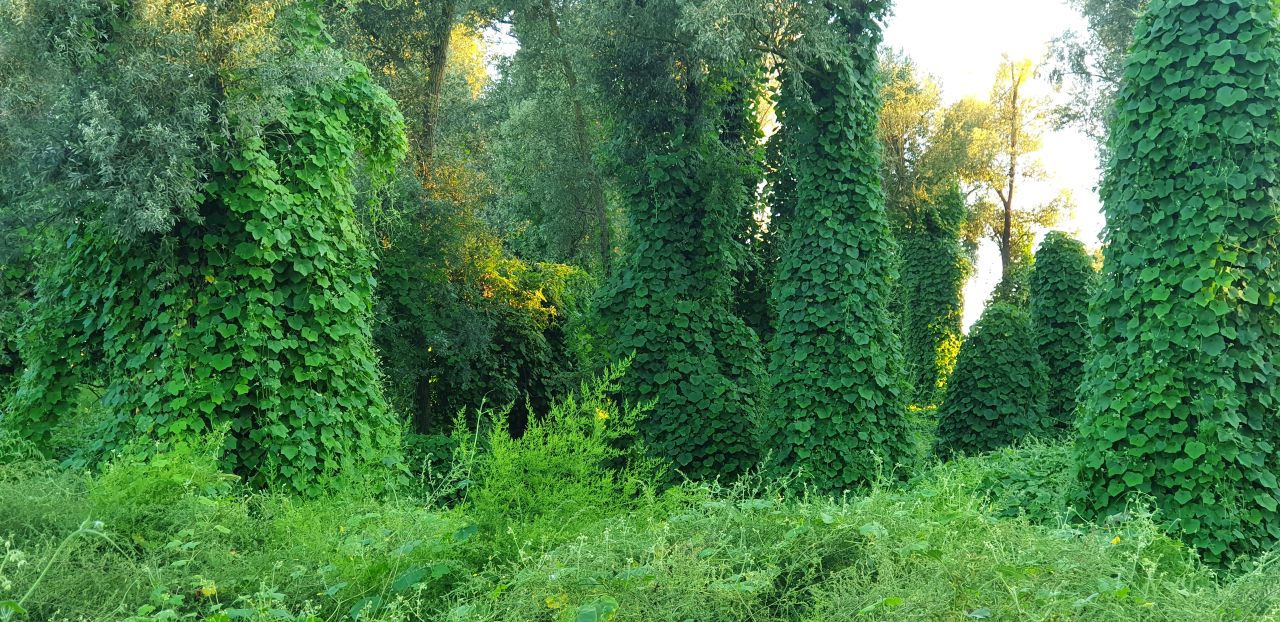 Why Is Kudzu a Problem in the U.S.?
Why Is Kudzu a Problem in the U.S.? Similar Plants to Kudzu
Similar Plants to Kudzu
